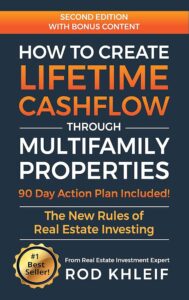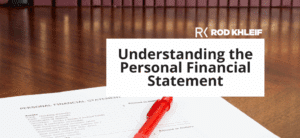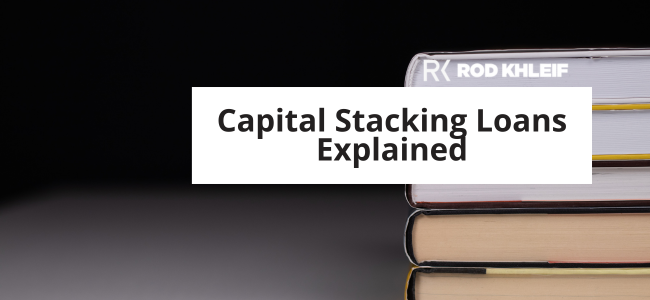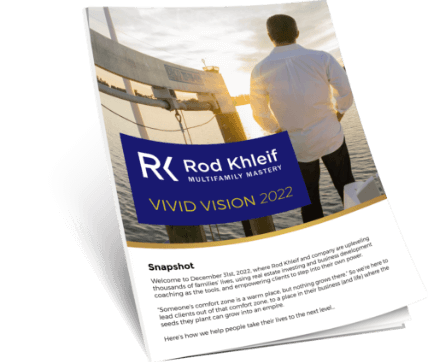What Every Landlord Must Know in 2025: Rent Control Caps, Modern Eviction Rules & Fair-Housing Compliance
If you own or plan to own rental property this year, the rulebook you mastered in 2020 is already obsolete. State-level rent-cap bills are spreading, Right-to-Counsel programs are lengthening the eviction timeline, and HUD has begun policing AI-driven screening tools for disparate impact. Miss a single update and months of Lifetime Cash Flow can vanish—in late fees, legal bills, or mandatory rent roll-backs. This guide delivers the up-to-the-minute information—and the field-tested action steps—you need to stay profitable and compliant.
Why 2025 Is a Legal Tipping Point for Landlords
2025 Rent Control Reality Check
Where Caps Already Exist
California’s AB 1482 holds annual rent hikes to the local CPI plus 5 percent (never to exceed 10 percent) on most units older than 15 years. Oregon’s SB 608 applies a CPI + 7 percent formula statewide. Metro stalwarts like New York City and parts of New Jersey still enforce their own decades-old restrictions.
New and Pending Caps to Watch
-
Texas HB 2904—awaiting Senate action—would impose a hard 5 percent cap on affordable units and 10 percent on all others, unless a property undergoes major renovation.
-
Pennsylvania SB 546 has cleared its first committee. If enacted, it will create a statewide Rent Control Advisory Board and limit increases to 15 percent per year, exempting buildings less than 10 years old.
-
Illinois HB 3526 (effective Jan 1, 2025) locks mobile-home park owners into a 3 percent lot-rent ceiling.
Investor mindset: Underwrite every new deal at two rent-growth scenarios, 3 percent (cap-constrained) and historic market average. If it doesn’t work at the lower number, the deal’s a “pass.”
Four Ways to Thrive Even Under Caps
-
Document capital improvements: most caps allow larger rent resets after substantial rehabilitation. Keep every receipt.
-
Expand ancillary income: RUBS, pet rent, tech fees, storage, covered parking; all generally outside rent-cap statutes.
-
Target halo markets: secondary metros 60-90 minutes from cap cities where demand is surging but legislation lags.
-
Lease language audit: insert a “government action” clause that lets you terminate or renegotiate if new caps arrive mid-lease.
Eviction Law Upgrades & the Rise of Right-to-Counsel
What Changed for Landlords This Year
Twenty-six U.S. jurisdictions now guarantee free attorneys for tenants facing eviction; represented renters avoid lock out 96% of the time, often by negotiating payment plans that stretch the process an extra 30-60 days.
Florida, Colorado, and Maryland have also lengthened notice windows for non-rent breaches, while many large cities adopted “pay-to-stay” rules that let tenants halt eviction by covering arrears at any point before judgment.
Rod’s Proven Seven-Step Eviction Workflow
-
Friendly reminder (text + e-mail within 48 hours of missed rent).
-
Statutory notice: serve certified mail and door-post, then snap a time stamped photo.
-
Cash-for-keys: often cheaper than vacancy loss.
-
File early: e-file if your county allows; calendar the hearing immediately.
-
Court prep: bring ledger, lease, photos, repair logs, and proof of notices.
-
Writ & lock-out: coordinate the sheriff; follow state rules for storage or disposal of property.
-
Post-mortem: update screening criteria and communicate lessons to your team.
Prevention Beats Litigation
-
Tenant benefit packages with credit reporting rewards cut delinquencies roughly 15 percent.
-
AI-powered “early warning” tools can flag high risk 30 days before a missed payment. Just make sure the algorithm passes the HUD bias test (see Section 3).
Fair-Housing Compliance in the AI Age
The Federal Baseline
The seven long-standing protected classes, race, color, religion, sex, national origin, disability, familial status, still apply nationwide.
Rapidly Expanding State Protections
Twenty-two states now add source of income (think Section 8, gig-economy pay stubs). Others add sexual orientation, gender identity, credit-history limits, or even immigration status. Miss one and your denial letter becomes Exhibit A.
HUD’s 2024 AI Guidance—What It Means for You
HUD’s April 2024 memo makes it crystal clear: if your screening software or digital ads create a “disparate impact,” you’re liable: no matter who wrote the code.
Three-Point Audit:
-
Pull six months of approvals and denials.
-
Compare outcomes across protected classes; flag gaps above 10 percent.
-
Document fixes, then re-audit quarterly.
Reasonable Accommodation Nuggets Landlords Miss
-
Emotional support animals: you can ask for documentation, but you cannot charge pet rent or deposits.
-
Grab bars & ramps: installations are tenant-funded unless you receive federal subsidies; removal clauses must be in writing.
-
Reserved parking: must be granted if medically required, even if spots are normally first-come, first-served.
Ninety-Day Compliance Sprint (No Spreadsheet Needed)
Week 1–2: Meet with a local real-estate attorney. Red-line your lease for rent cap clauses and ESA language.
Week 3–4: Host a one-hour Zoom training for managers and VAs on new notice periods, Right-to-Counsel, and protected classes.
Week 5–6: Audit tenant screening software for algorithmic bias; switch vendors if needed.
Week 7–8: Update property management software to flag rent cap jurisdictions and automate cap-compliant notices.
Week 9–10: Add 5 percent of gross rents to legal expense reserves; upgrade insurance riders for wrongful-eviction claims.
Week 11–12: Conduct a mock eviction from notice to writ; time each stage, refine SOPs, and save the paperwork as templates.
Profit Plays That Safer, Smarter Landlords Are Deploying in 2025
-
Lease option conversions: lock in purchase price, dodge future caps, slash turnover.
-
Mid-term furnished rentals: 30 to 90 day travel nurse or executive leases often sit outside rent-control ordinances.
-
Utility bill back (RUBS) and tech amenities; new revenue streams untouched by legislative caps.
-
Delaware Statutory Trust 1031 exits: defer taxes on capped properties and redeploy into growth markets.
-
“Coach, Don’t Evict” partnerships: local nonprofits pay arrears; you retain a paying tenant and stable NOI.
Bottom Line
Control what you can; prepare for what you can’t. Laws will keep changing, but investors who follow legislation weekly and adapt quickly will earn Lifetime Cash Flow. Meanwhile, those who worry will fall behind.
Free Deep-Dive Resource
Snag your complimentary copy of “How to Create Lifetime Cash Flow Through Multifamily Properties.” Inside, you’ll find detailed underwriting models, strong asset protection tactics, and mindset strategies. These strategies helped me recover from a $50 million loss and come back stronger.












